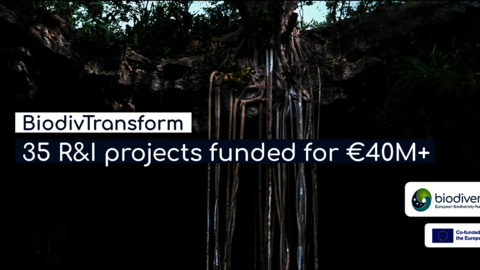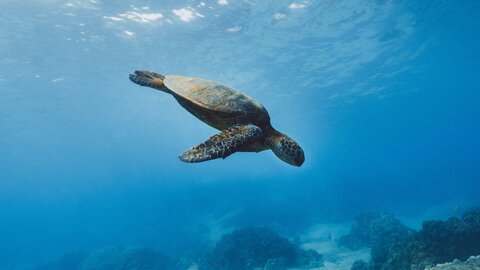FWF’s 1000 Ideas Programme to Fund 20 Innovative Research Projects

Innovation is key: For the 1000 Ideas Programme, the number of previous research projects or how many papers a researcher has published and in which journals is not the main focus. Instead, unconventional projects and pioneering approaches with the potential to advance innovation are selected for funding. Current recipients include, for example, Anja Brunner from the University of Music and Performing Arts Vienna, who is working with immigrants to investigate musical practices in Austria; Frank Edenhofer from the University of Innsbruck, on a quest to find the fountain of youth for the human brain; and Katharina Streit from the Austrian Academy of Sciences, who is attempting to establish a chronology of the keratinous plates of tortoise shells.
“Like in the first two rounds of calls, the jury was extremely impressed by the quality and diversity of the submitted proposals. The 20 projects we eventually chose represent a broad spectrum of highly creative ideas. Many of these ideas could potentially have a positive impact on their discipline and be beneficial for society as a whole,” says James W. Kirchner, chair of the jury, about the third call for proposals.
FWF President Gattringer: “Facilitating the most innovative research”
With 186 projects submitted, participation in the third call for proposals was again high. The average funding amount awarded to projects in the current call is around €145,000, amounting to a total funding volume of just under €3 million. “In addition to research quality, the 1000 Ideas Programme also focuses specifically on innovation and risk-taking. This allows us to fund and facilitate research that is off the beaten track," explains FWF President Christof Gattringer.
The 20 researchers selected for funding and their research institutions
- Rajdeep Adhikari, Institute of Semiconductor and Solid State Physics / Johannes Kepler University Linz
- Juan Pablo Aguilera, Institute of Discrete Mathematics and Geometry / TU Wien
- Anja Brunner, Music and Minorities Research Center (MMRC) / the University of Music and Performing Arts Vienna
- Frank Oliver Stefan Edenhofer, Institute of Molecular Biology / University of Innsbruck
- Brandon Furey, Institute for Experimental Physics / University of Innsbruck
- Christoph Gammer, Erich Schmid Institute of Materials Science / Austrian Academy of Sciences
- Florian Halbritter, St. Anna Children’s Cancer Research Institute
- Andreas Horner, Institute of Biophysics / Johannes Kepler University Linz
- Artem Kalinichenko, St. Anna Children’s Cancer Research Institute
- Stefan Kowarik, Institute of Chemistry / University of Graz
- Martin Kuhlwilm, Department of Evolutionary Anthropology / University of Vienna
- Roland Lammegger, Institute of Experimental Physics / Graz University of Technology
- Jory Louis Albert Jonathan Lietard, Institute of Inorganic Chemistry / University of Vienna
- Rita Mayrhofer, Institute of Landscape Planning / University of Natural Resources and Life Sciences Vienna
- Marcin Osuchowski, Ludwig Boltzmann Institute for Traumatology / Ludwig Boltzmann Gesellschaft
- Katharina Rebay-Salisbury, Austrian Archaeological Institute / Austrian Academy of Sciences
- Matthias R. Schaefer, Center for Anatomy and Cell Biology / Medical University of Vienna
- Richard Strasser, Department of Applied Genetics and Cell Biology (DAGZ) / University of Natural Resources and Life Sciences Vienna
- Katharina Streit, Austrian Archaeological Institute / Austrian Academy of Sciences
- Dominik Wolf, University Hospital for Internal Medicine / Medical University of Innsbruck
Next call for proposals in the fall of 2022
The next call for proposals for the 1000 Ideas Programme goes out in the fall of 2022. All proposals submitted are subjected to a double-blind peer review process, anonymised, partially randomized, and evaluated by a jury of 20 experts headed by James W. Kirchner from ETH Zurich. The FWF Board then selects projects for funding based on the jury’s recommendations.
For more information, please see
- 1000 Ideas Programme





